Maintaining a swimming pool is essential for both cleanliness and longevity. Regular pool maintenance not only ensures that the water remains crystal clear and safe for swimming but also helps prolong the life of the pool equipment and surfaces. Neglecting proper upkeep can lead to more serious problems such as algae growth, equipment malfunctions, and expensive repairs, ultimately diminishing the enjoyment of your pool. The right equipment can simplify routine tasks such as cleaning debris, monitoring water quality, and maintaining the pool’s mechanical systems.
Essential Pool Skimmers and Nets for Debris Removal
Pool skimmers are a must-have when it comes to keeping a pool clean. As a main function, they help to keep the pool clear, clean, and inviting by removing leaves, bugs, and the like, from the surface of the water. Skimming every day keeps dirt from getting down to the bottom, making the pool easier to clean and reducing the load on the pool filter.
Types of pool skimmers
Manual skimmers: They’re handheld tools with a long pole that has a mesh net on the end, so you’re able to physically scoop debris off the surface of the water. Versatile and effective for spot cleaning, they are.
Leaf rakes: Like manual skimmers, leaf rakes are similar in design, but the net they use is usually wider and flatter, holding more debris. Especially good for collecting larger leaves and bulk debris from larger pools.
Basket skimmers: Skimmers are built into the pool’s filtration system and are hooked up to the pool’s plumbing. However, they automatically capture debris as water is drawn into the filter, but the filter must be cleaned periodically.
Pool Brushes for a Pristine Surface
Pool brushes are essential tools for maintaining a clean and hygienic swimming pool. Their primary purpose is to scrub the walls, steps, and corners of the pool to prevent algae buildup and ensure a clean swimming environment. Regular brushing helps dislodge dirt, debris, and algae, facilitating better circulation and filtration, ultimately contributing to the water's clarity and quality.
Types of pool brushes
There are different types of pool brushes available, and choosing the right one depends on your pool's surface material:
Nylon brushes
Ideal for vinyl or fiberglass pools.
Nylon bristles are soft enough to prevent scratching while still effectively removing dirt and algae.
Stainless steel brushes
Suitable for concrete or plaster pools.
These brushes have stiff bristles that can scrub away tough stains and buildup but may damage softer surfaces like vinyl or fiberglass.
Combination brushes
Some brushes feature a combination of bristles, tailored to clean different surface types. They can be versatile for mixed-material pools.
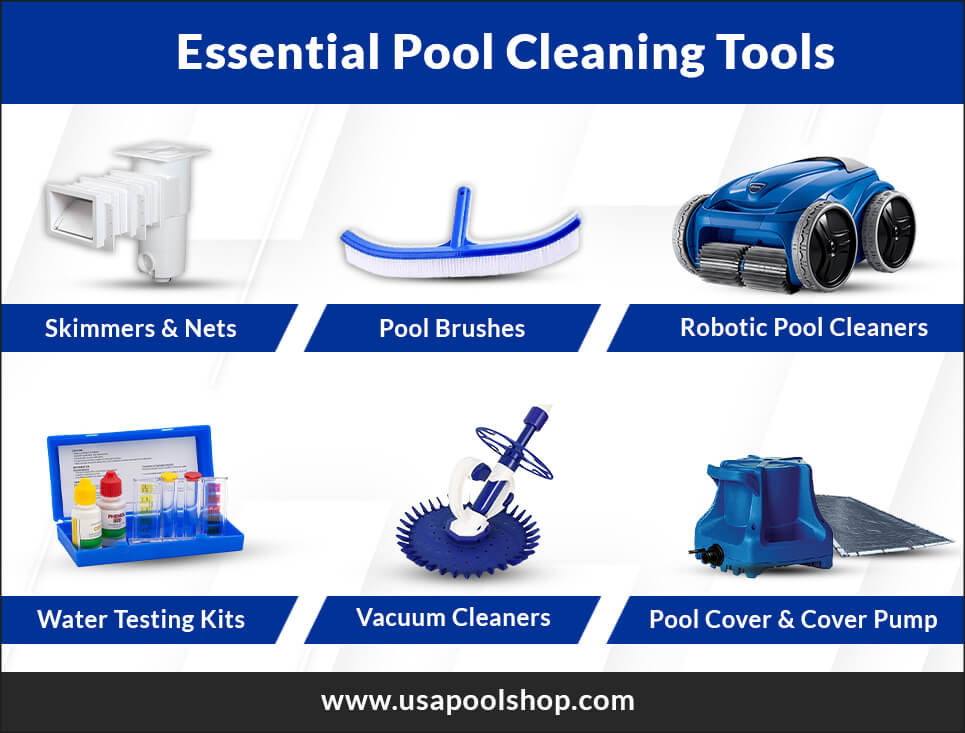
Efficient Cleaning with Pool Vacuum Cleaners
Pool vacuums are designed to remove dirt, sand, algae, and small particles that can collect on the bottom of the pool. Deep cleaning is an essential step in keeping water clean and hygienic. Regular vacuuming prevents the organic material buildup that leads to algae growth and other water quality problems. Vacuuming regularly allows the pool’s filtration system to not have to work so hard because it removes debris before it becomes clogged in filters or your pump works extra hard to do so.
Different types of automatic vacuums
Type | How They Work | Pros | Cons |
Suction vacuums | Use the pool’s existing filtration system to create vacuum suction. Typically connected to a skimmer or dedicated suction line. | Simple, affordable, easy to set up, and minimal maintenance required. | Performance can be hindered by debris clogging the filter; less thorough and slower cleaning. |
Pressure vacuums | Use a pump to create high-pressure water jets that dislodge dirt and debris, which are then collected by the vacuum. | Does not rely on the main filtration system, reduces filter stress, and handles larger debris. | More expensive, requires a dedicated pressure line or booster pump, and uses more water. |
Robotic vacuums | Autonomous devices with programmed algorithms and sensors that navigate the pool’s surfaces and vacuum debris as they go. | Provides thorough cleaning, includes brushes for scrubbing walls/floors, and operates independently with its filtration system. | Higher upfront cost requires periodic charging and maintenance. |
Upgrade your pool maintenance routine with automatic pool cleaners powered by the latest innovations in smart sensors
Controlling Algae with Pool Algaecide and Chemical Dispensers
It is very important to keep your pool free from algae both for the appearance and health of the water. Algaecides and chlorine distribution management are two essential parts of pool maintenance.
Easy ways to apply algaecides to prevent algae growth:
Choose an algaecide that is safe for your pool type (chlorine, bromine, salt water) and the type of algae you’re fighting (green, black, or yellow).
If you are using a concentrated algaecide, follow the manufacturer's instructions to dilute it in a bucket of water before adding it to the pool. It ensures even distribution.
The algaecide should be dispersed around the perimeter of the pool, when the filter is running, for circulation around the pool so you have even spread of the chemical in the water.
Simplifying the process of chlorine distribution:
Buy a floating chemical dispenser or an inline feeder that will slowly release chlorine tablets. It allows consistent chlorine levels without having to manually dose so frequently.
Have a regular chlorine shock (superchlorination) once a week or so based on pool usage. It helps get rid of any of the organic material that can stimulate algae growth.
Test chlorine levels to be sure they're between the recommended range – 1-3 ppm – with regular testing using testing strips or liquid test kits.
Accurate Pool Maintenance with Water Testing Kits
Testing the water regularly is very important for keeping your swimming environment safe and fun. The three main types of pool water testing kits are:
Test strips:
It is easy to use and gives quick results.
You just dip the strip in the water and compare the colors to a chart that comes with the kit.
May not be as precise as some other methods, but best for quick checks.
Digital meters:
Readings for many water parameters should be accurate and quick.
Often more expensive, but convenient and repeatable.
Depending on the model, can test pH, chlorine, and other parameters.
Liquid test kits:
Chemicals that react with the pool water are used to indicate pH, chlorine, and alkalinity levels.
They’re generally more precise than test strips, but they take a bit more time and effort to use.
Many pool professionals prefer this method because it is accurate.
Effortless Cleaning Solutions with Robotic Pool Cleaners
With robotic pool cleaners, the way we keep our swimming pools clean and bright has been revolutionized, with an advanced, automated solution. Unlike traditional manual cleaning methods, robotic pool cleaners use technology to navigate pool surfaces and remove debris more efficiently, all independently. These devices have made them so easy to introduce that the cleaning of the pools has become easy to manage and a far more pleasant thing to do while giving pool owners more time to enjoy the pools minus the unnecessary task of cleaning them.
Benefits | Description |
Efficient cleaning | Thoroughly cleans floors, walls, and waterlines. |
Time-saving | Automates cleaning, saving you time and effort. |
Low effort | Works independently with minimal supervision required. |
Versatile | Compatible with various surfaces; suitable for in-ground and above-ground pools. |
Energy-Efficient | Operates on low voltage, reducing electricity costs. |
Advanced Filtration | Captures fine particles and large debris, keeping water clear. |
Protecting the Pool with a Durable Cover and Cover Pump
Covers and Cover pumps provide a barrier that prevents leaves, dirt, and other debris from falling into the pool, which can simplify maintenance. Covers help to minimize evaporation, keeping water levels consistent and reducing the need for frequent refills.
By insulating the pool, covers can help retain heat, improving comfort and energy efficiency.
Cover pumps are essential for managing rainwater and debris that may accumulate on top of the pool cover.
Protect your commercial pool from leaks with cutting-edge IoT solutions that offer instant alerts
It is important to maintain a clean and healthy swimming pool so that swimmers can enjoy it, and so you can protect your investment. Pool skimmers, brushes, vacuum cleaners, chemical testers, leaf nets, and other essential cleaning tools are the tools that help you keep your pool sparkling clear, and safe to use.
Investing in the right tools doesn’t just make pool maintenance easier, it also helps you to be more efficient and effective at keeping your pool water clean and healthy. USA Pool Shop is your one-stop destination for all pool equipment essentials, combining quality with convenience. Our wide range of products features everything from filters and pumps to heaters and cleaners, all obtained from top manufacturers.
FAQs
What are some tips for effective pool skimming?
Effective pool skimming includes daily skimming, choosing the right skimmer size for your pool, using a slow, sweeping technique to gather debris, and regularly cleaning the skimmer net to prevent algae and bacteria buildup.
What is the purpose of using a cover pump?
A cover pump is used to remove excess rainwater and snow accumulation from a cover to prevent sagging and maintain its effectiveness.
How often should algaecides be used, and what are the ideal chemical levels for pool maintenance?
Apply algaecide every 2-4 weeks as a preventative measure, especially in the swimming season or after heavy rains. Regularly test and balance pool water to keep pH between 7.2-7.6, alkalinity at 80-120 ppm, and calcium hardness at 200-400 ppm for optimal results.
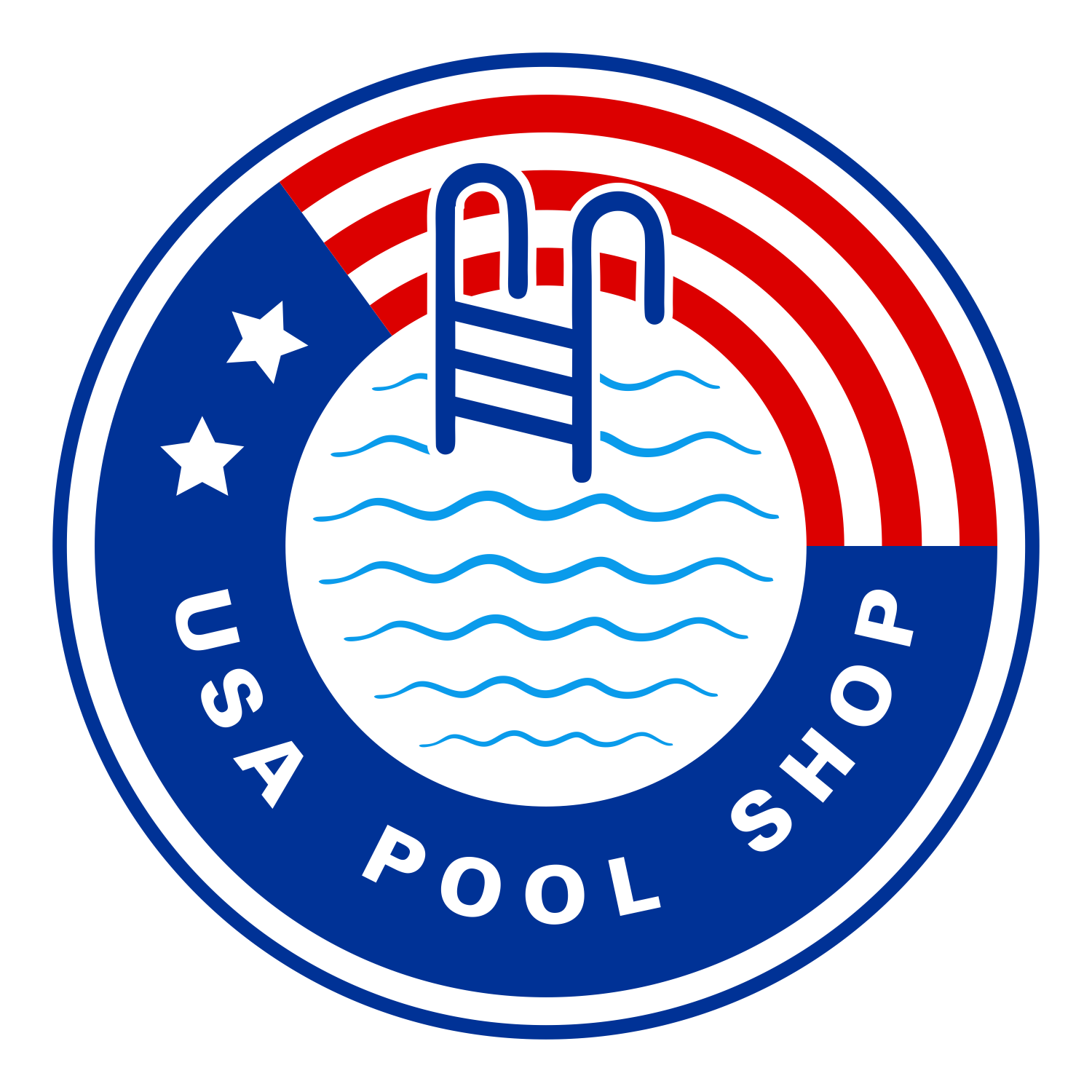
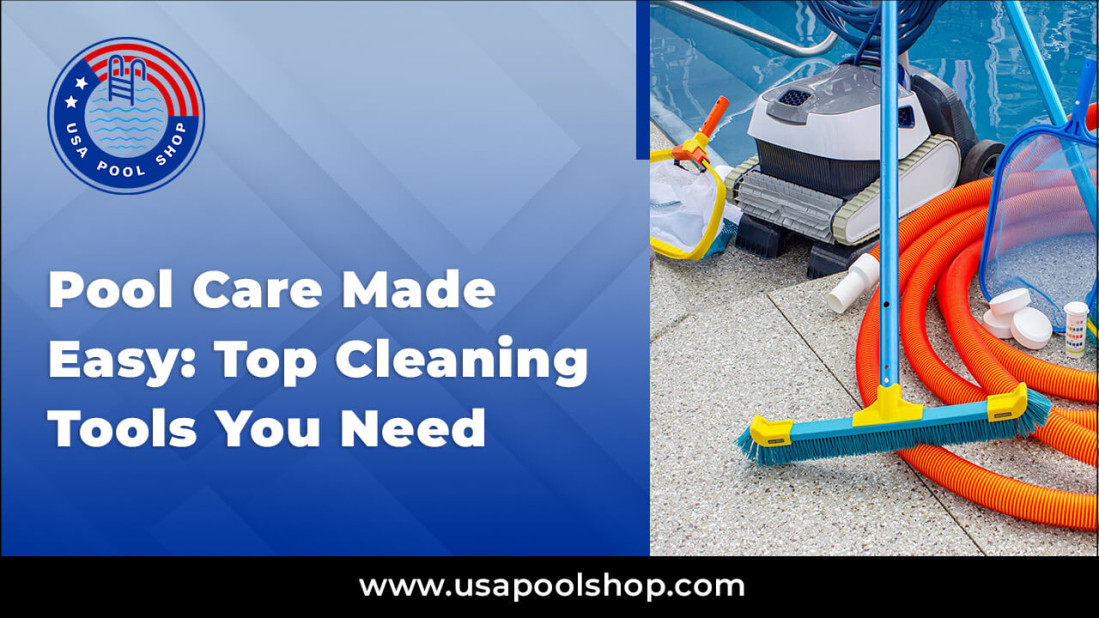
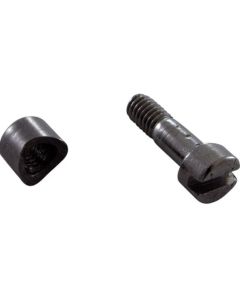
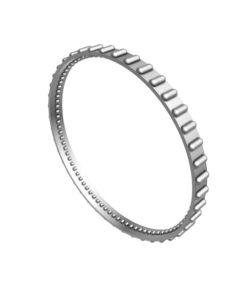
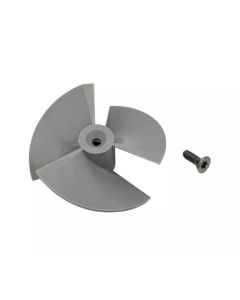
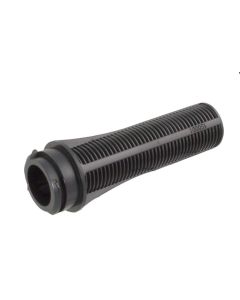
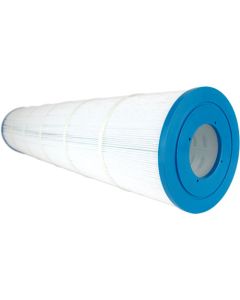


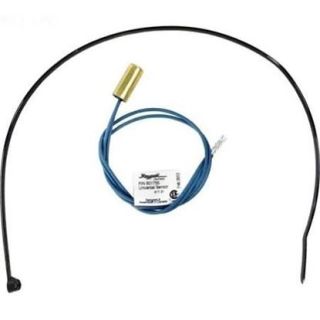
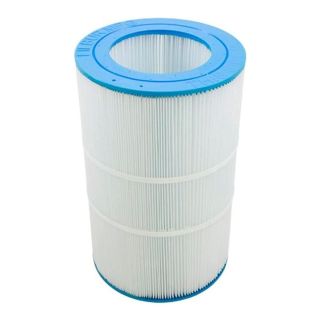
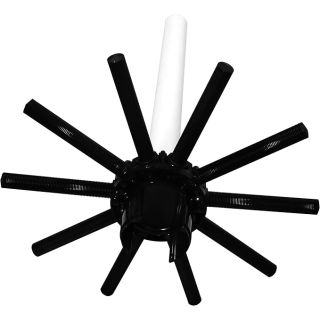
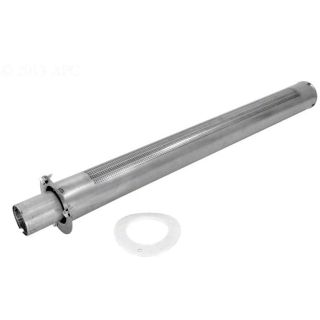
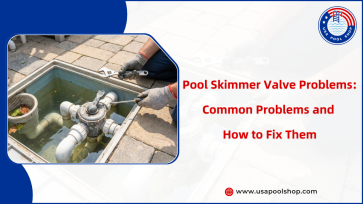

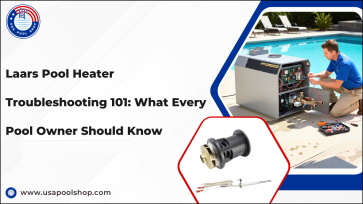
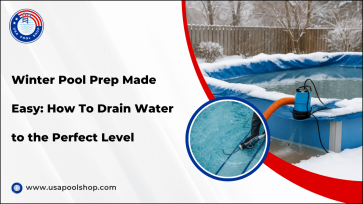

Validate your login